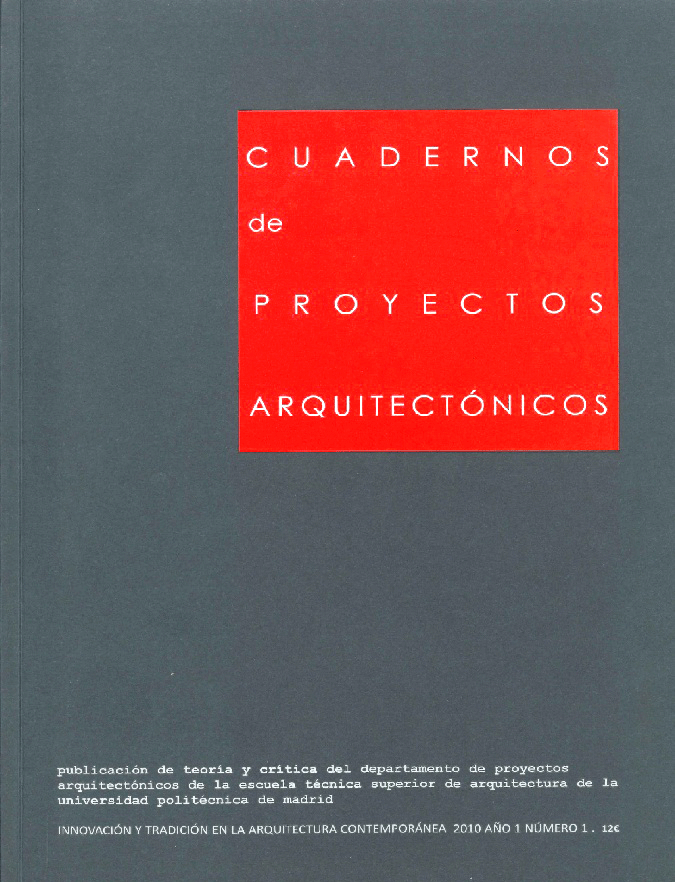¿Sostenible? Crónica de un encuentro
Mots-clés :
sustainable energy senseRésumé
Sustainability is not only a technical problem, but also a political, economic and cultural one. The Canadian Center for Architecture has gathered experts in territorial energy management from around the world in order to have a closed-doors meeting. It is necessary to change the perception that ordinary citizens have, as Mostafavi pointed out, implying a political task which is beyond political practice. Each inhabitant today takes up double the amount of square meters to be heated, cooled, kept at constant temperature, or constructed, than 20 years ago. Some of these experts tried to show that this was a technical problem, setting maximum consumption quotas per person which would be sufficient to have sustainable development. In Switzerland, this gesture implies improving insulation, improving the form factor, and improving the sealing in joinery and thermal bridges. However, this does not stop being a local problem if we compare it to warmer climates in terms of calories and frigories, where we find 40% of air conditioning appliances. Wolker M. Melter states that there are two aesthetical models established within the general public and within professionals: On one hand, the glass bubble and the glass box, with technical knowledge providing ways to manage climate that allow for environments with a complete autonomy; and on the other hand a return to the thick, multi-layer wall; managing the façade within bioclimatic conditions and making a return to a defensive strategy, using materials and resources with a certain degree of lightness and optimism. Recognizing reality along with its limits and contradictions is the first step towards doing something in any direction, maybe with less faith, but certainly making more sense.Téléchargements
Téléchargements
Publiée
Numéro
Rubrique
Licence
1. Los autores conservan los derechos de autor y garantizan a la revista el derecho de una Licencia Creative Commons Atribución-NoComercial-SinDerivar 4.0 Internacional que permite a otros compartir el trabajo con un reconocimiento de la autoría.
2. Los autores pueden establecer por separado acuerdos adicionales para la distribución no exclusiva de la versión de la obra publicada en la revista (por ejemplo, situarlo en un repositorio institucional o publicarlo en un libro).












